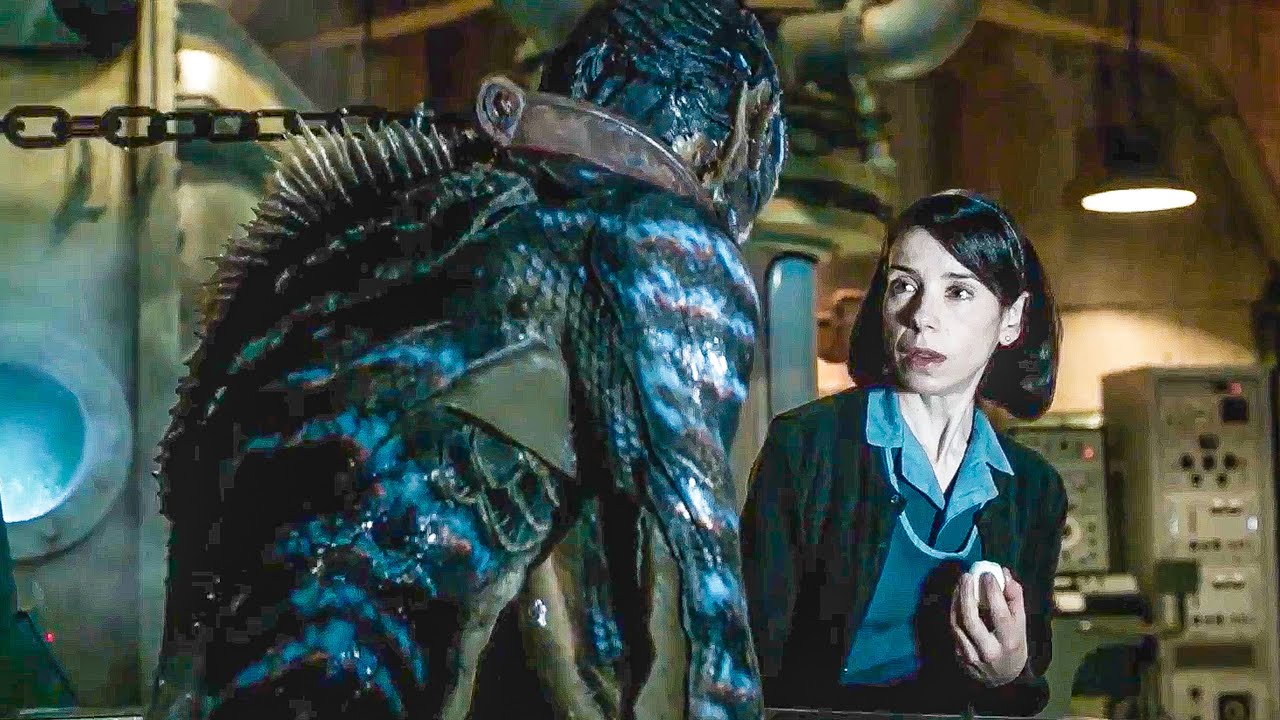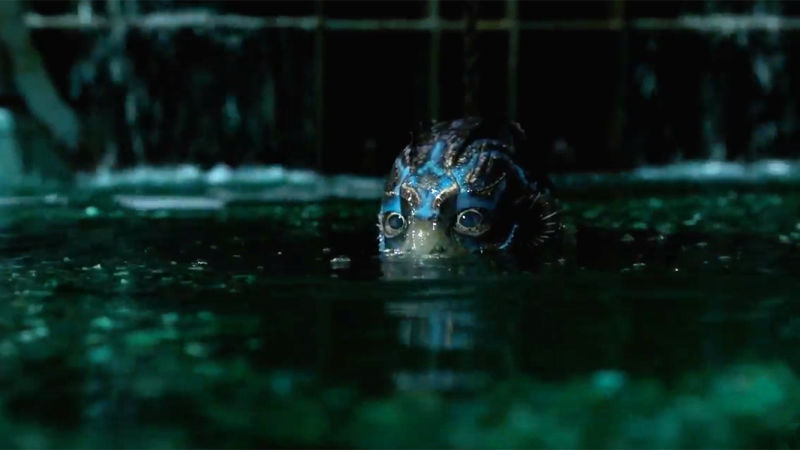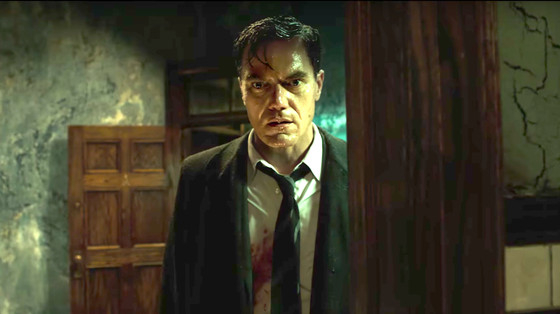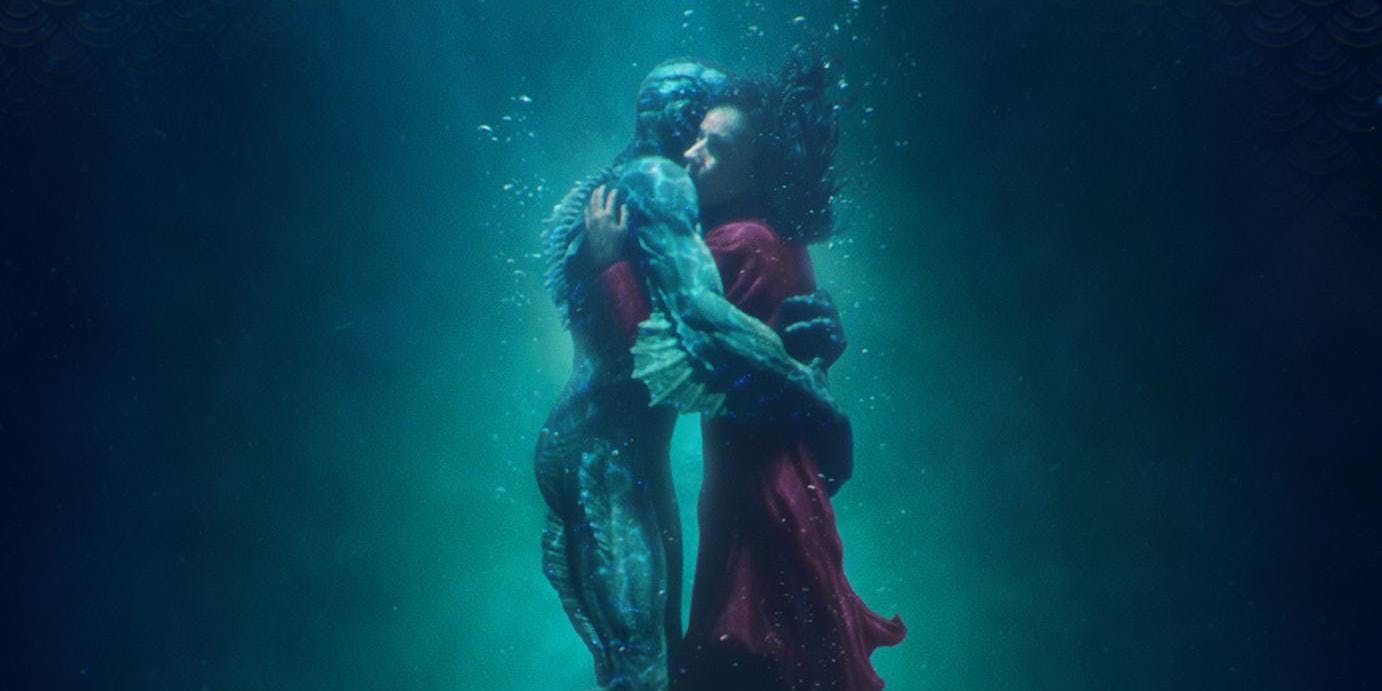6. While maintaining a traditional structure, it still manages to subvert several conventions

It is only necessary to see the film once to know that “The Shape of Water” isn’t innovative in its structure. It becomes even predictable toward the end and it goes where everybody expects it to go.
Nevertheless, this is not a conventional film; it’s not one that settles to follow the rules laid out by Hollywood to tell a story. There are several deviations from the norm placing greater importance in creating believable and charming characters than in being a common and thus easily acceptable commercial film.
The deeply romantic story entices the imagination of the viewer who, unable to identify with the characters or Elisa or the creature because of them being so different and out of the ordinary, is forced out of the comfort of passively watching a film to find a personal meaning for the story, to connect with their own feelings toward the events of the film, and to still think about it days after they watch it.
7. It feels refreshing to have a film like this when most of the films in theatres are remakes, reboots or sequels

While the film might not be innovative in every respect, it certainly shines because of its originality in a landscape populated with sequels, reboots, tie-ins and nostalgia-driven remakes. The presence of an original film that excels in every aspect – including the commercial – feels refreshing when studios seem to prefer the safe revenue of the known films than the risk of making no money from new films.
Throughout his career, del Toro has been known to challenge conventions and rules. His most renowned film to date, “Pan’s Labyrinth,” has been defined as a “disobedient fairy tale,” and in one of his earliest films, “Cronos,” he already presented monsters that turned out to be more sensitive and understanding than the humans themselves.
He has become a prominent figure in today’s cinema, and together with his connationals Alejandro G. Iñarritu and Alfonso Cuarón, he is shaping the way cinema is done nowadays, demonstrating that even in the arid and conservative world that is the contemporary commercial scene, there is still a place for challenging and different films that treat their audiences as people instead of as consumers.
8. It is compelling and absorbing, making the spectator personally involved in the story

All of the already mentioned feats of the film come together to create a wonderful experience in which it is easy for the spectator to decide who is the bad and who is the good in the story. While such a Manichean distinction from good and evil hinder the potential profundity of the film, it allows the viewers to get absorbed in the film more easily, to be emotionally invested in the drama.
As an example of this, Michael Shannon’s character becomes the recipient of the public’s hatred through his impeccable rendition of a power-hungry man who is forever chasing the acceptance of those superior to him in the chain of command.
While his character might seem a tad superficial and one-dimensional, it serves its purpose by making the audience root for Elisa’s triumph over his ruthless command – that symbolically might represent the oppressed individuals rising up and defeating the establishment.
9. It makes several points about subjects such as feminism, racism, and discrimination toward gay people without ever being moralizing

One of the things that set “The Shape of Water” apart from films that are seemingly similar, like “Amélie,” is the fact that despite the idealized way it displays the place and time where it’s set, it doesn’t forget about the changes of the world and the struggles of those who were fighting to be treated with respect.
Set in 1960’s America, it recognizes the way African-Americans were discriminated because of their race, the way women were put down by men in power, or the unjustified hatred felt against queer people. Each of the characters surrounding Elisa – her included – represent an oppressed group, those who didn’t have a voice of their own back then and who have struggled to be heard and taken seriously today.
Often when a film takes on such subjects, it usually does so in a holier-than-thou approach that comes across as preachy and pedantic. Films like these are quickly forgotten and the reason is that their artistic value is the same as all sorts of propaganda.
One of the more subtle strengths of “The Shape of Water” is that it includes members of several oppressed groups and inserts them in the narrative in a very organic manner; they are people just like anybody else, capable of feeling love, sadness, disappointment, desire, and moral obligations. They are portrayed not as black, gay or disabled, but as people who deserve the same amount of respect and understanding than the rest of the world.
10. It is a love letter to cinema

Elisa’s apartment is located on top of an old film theatre; Giles always has his TV on, tuned to a musical number from an old film; at a point of great emotional tension, Elisa envisions herself singing and dancing in a musical number taken from a Fred Astaire or Ginger Rogers film; and when the amphibian creature escapes from Elisa’s apartment, she finds him entranced watching a film in the theatre downstairs. Several nods and ‘easter eggs’ related to the history of cinema are scattered throughout the film.
The very concept of the film, in its nostalgic and idealized approach, takes the viewer back to a time when cinema was more mystical and free, when it was made by magicians and poets and where films were like dreams in which the imagination was so overwhelming that the logic of the real world was useless. Cinema as a religious experience, a place to learn the things life didn’t teach us, to be free with our dreams without the fear of being judged or mocked. Cinema as a socially acceptable shared daydream.